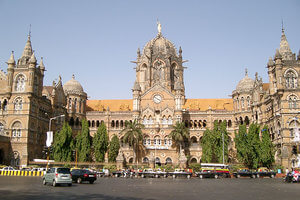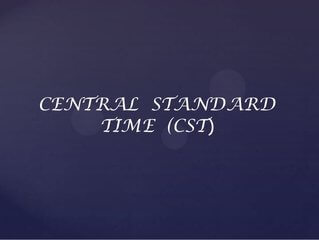CST Full Form | What is Central Sales Tax
What is the full form of CST
1) CST: Central Sales Tax
CST stands for Central Sales Tax. It is a type of indirect tax which is imposed on goods that are sold from one state to another state. The dealer of one state imposes CST on goods sold to the buyer of another state.

CST is governed by Central State Tax Act, 1956. This Act provides the definition of inter-state trade, describes the situations where CST is applicable, penalties and trade restrictions etc. CST is levied by the central government of India but its chargeability is state specific.
CST is an indirect and origin based tax as it is administered by the state in which the sale originates and is payable in the state where the product is sold. It is only for inter-state transactions. It is not applicable on goods sold within a state and import or export of goods.
CST Exemptions
CST is exempted on few occasions, some of which are as follows:
- It is exempted when outward freight is charged separately and outward insurance of goods is passed to the buyer during dispatch.
- It is exempted if the goods are returned within 180 days.
- The sales to SEZs and foreign missions are also exempted from the CST.
2) CST: Chhatrapati Shivaji Terminus
CST stands for Chhatrapati Shivaji Terminus. It is a historic railway station located in Mumbai, Maharashtra. CST formally known as Victoria Terminus (VT) is designed by Frederick William Stevens and is based on the Victorian-Gothic style of architecture. CST is also a UNESCO world heritage site and the headquarters of Central Railway in India.
It is the most famous landmark of Mumbai. Its entrance gate has two columns, one is crowned with a lion (represents Great Britian) and another one is crowned with a tiger (represents Inida). It is mostly made up of limestone and sandstone and its interiors are lined with Italian marble.

Brief History
- CST was built in 1888 in Victorian Gothic Revival style. It was named Victoria Terminus after the then reigning Queen Victoria.
- It took ten years to complete the construction of CST. It was opened to Queen Victoria on her Golden Jubilee in 1887.
- In 1929, Central Railway built an administrative headquarters and a new station to handle the main rail traffic at Victoria Terminus.
- In 1996, the Railway Minister Suresh Kalmadi renamed it Chhatrapati Shivaji Terminus (CST).
- In 2004, it was declared a World Heritage Site by UNESCO.
3) CST: Central Standard Time
CST stands for Central Standard Time (CST). It represents a time zone which is 6 hours behind the Coordinated Universal Time (Greenwich Mean Time - GMT). So, to find the standard time in this zone you have to subtract six hours from the Universal Time. CST is observed mainly in the territories of North and Central America.

On the basis of different geographical locations, CST can have many additional names, some of which are as follows:
- Central Time or CT
- North American Central Standard Time (NACST)
- Heure Normale du Centre (HNC) in French
- Tiempo Central Estandar ( CST) in Spanish
- UTC -0600